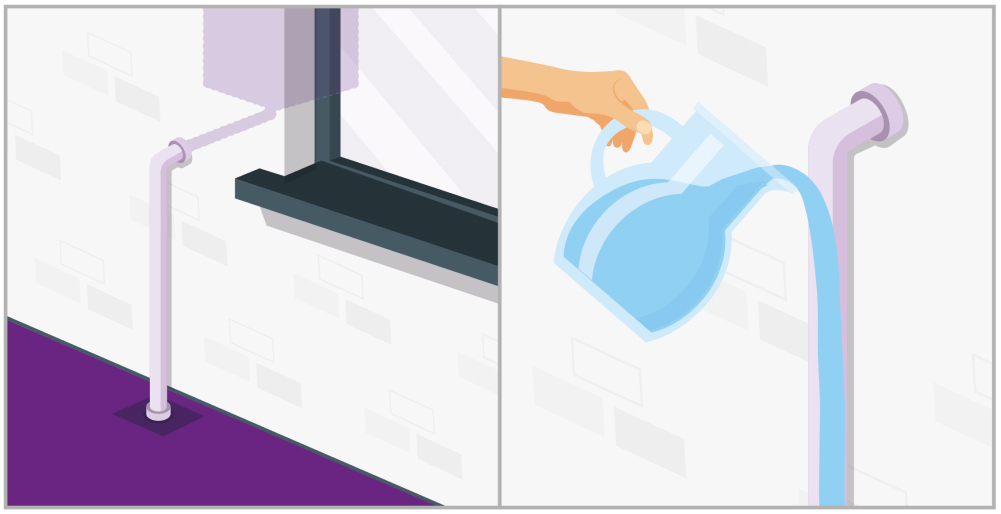No heat in your home during freezing temperatures? A frozen condensate pipe could be the culprit.
If the temperature outside has plummeted significantly and your boiler has stopped working, there’s a strong chance that your condensate pipe has frozen. While this sounds bad, this is actually a common issue in wintry weather, as the condensate (wastewater) in the pipe can freeze, causing a blockage that forces the boiler to shut down for safety reasons.
Fear not! This is a problem that homeowners can attempt to resolve themselves without the need for a heating engineer (if they feel confident to do so). Read on to find out how to diagnose a frozen condensate, how to safely thaw it, and how to prevent it from happening again in the future.



